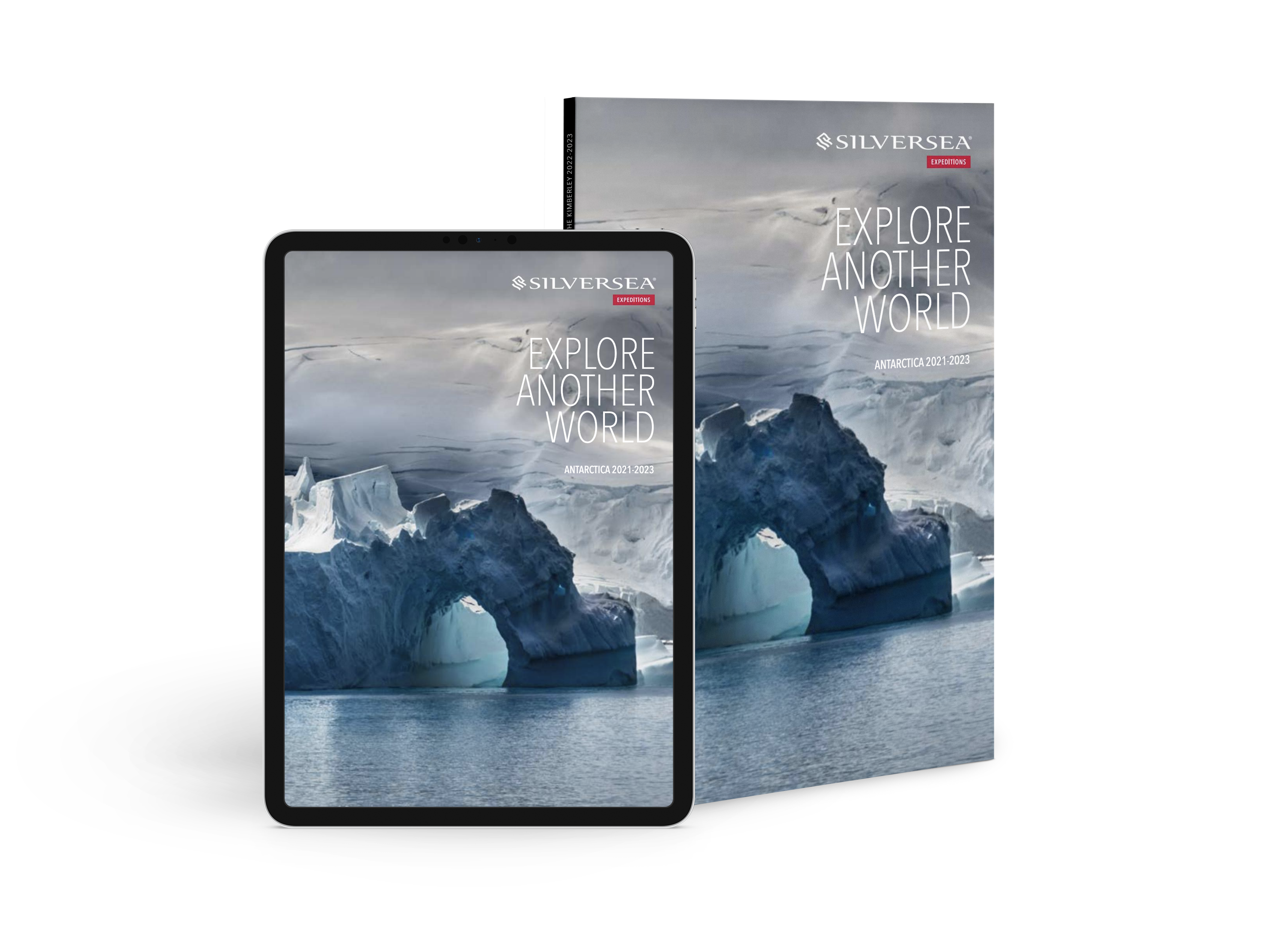Antarctique
L'endroit sur terre plus semblable à une autre planète
Pour les amoureux du voyage, l’Antarctique est une destination rêvée. Accompagnez-nous dans notre exploration de ce paysage légendaire où une faune incroyable défie les forces de la nature. Vous n’en reviendrez pas.
TROUVEZ VOTRE CROISIÈRE
Rêves de Antarctique
1 sur 10
Voyageurs admirant le panorama spectaculaire sur Neko Harbour, péninsule antarctique.
FORFAIT ANTARCTIQUE TOUT COMPRIS
Un continent fabuleux, deux moyens tout aussi fabuleux de s’y rendre. Vous pouvez soit prendre un vol qui, en à peine deux heures, vous mènera au cœur même de l’Antarctique en optant pour la formule Antarctica Bridge, soit emprunter l’emblématique passage de Drake : une expérience inoubliable !
-
-
-
-
-
-
-
-
-
-
-
-
-
-
-
-
-
-
-
-
-
-
-
-
-
-
-
-
-
-
-
-
-
-
-
-
-
-
-
-
-
-
-
-
-
-
-
-
Antarctica Bridge
Voyagez vers l'Antarctique en survolant l'emblématique Drake passage. Profitez de notre gamme d'inclusions exclusives telles que les transferts privés complémentaires vers et depuis votre domicile.
Veuillez noter que les conditions générales peuvent changer selon les voyages. Pour en savoir plus, veuillez cliquer directement sur l’itinéraire que vous avez choisi.
BROCHURE DES CROISIÈRES EN ANTARCTIQUE

Demandez gratuitement votre brochure des croisières en Antarctique
Aventurez-vous hors des sentiers battus jusqu’à vous retrouver au milieu de nulle part. De ses colonies entières de manchots jusqu’à son silence glacial, l’Antarctique vous transformera. Parcourez notre brochure téléchargeable et faites vos valises pour le territoire aux confins du monde.
Aller au bout des découvertes
Faites-vous une idée précise de nos destinations en lisant nos articles de blog (en anglais uniquement)
VOULEZ-VOUS EN SAVOIR PLUS SUR L'ANTARCTIQUE ?
en savoir plusNOS NAVIRES À DESTINATION DE L’ANTARCTIQUE
Silver Cloud
Expedition
Avec 20 Zodiacs flambant neufs, quatre restaurants sans pareils et un itinéraire d'expédition qui vous mènera d'un pôle à l'autre, Silver Cloud brise véritablement la glace entre le luxe et l'expédition.
- ÉQUIPAGE À BORD212
- CAPACITÉ D'ACCUEIL254
- SUITES127
- GASTRONOMIE À BORD4
- Dolce Vita
- Zagara Beauty Salon
- Pool Deck
- Réception
- Fitness Centre
- Connoisseur’s Corner
- Observation lounge
- Boutique
- Explorer Lounge
- Panorama Lounge
- Zagara Beauty Spa
- Studio Photo
Silver Endeavour
Expedition
Nous sommes fiers de vous présenter le dernier membre de notre flotte. Le Silver Endeavour révolutionne nos voyages d’expédition et nous permet de découvrir encore plus intimement certaines des côtes les plus reculées de la planète.
- ÉQUIPAGE À BORD207
- CAPACITÉ D'ACCUEIL220
- SUITES110
- GASTRONOMIE À BORD4
- Arts Café
- Mud Room
- Explorer Lounge
- Connoisseur’s Corner
- Otium Spa
- Observation Lounge
- Beauty Salon
- Fitness Centre
- Boutique
- Pool Deck
- Library